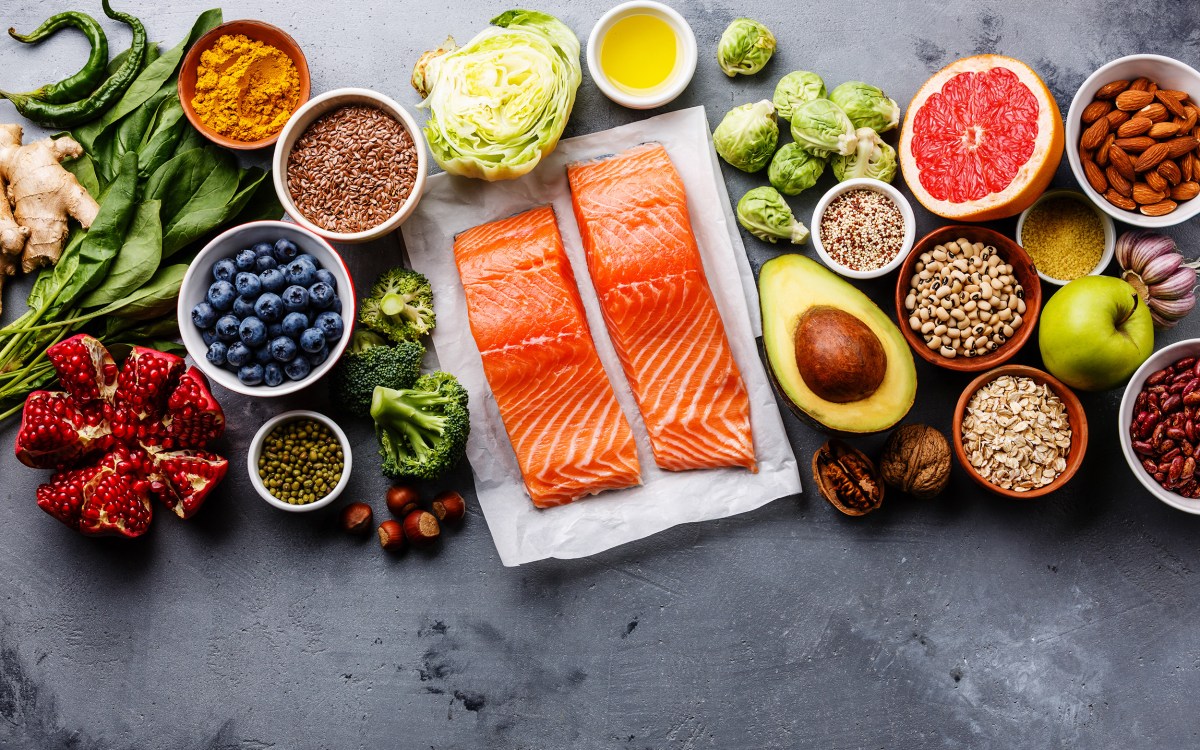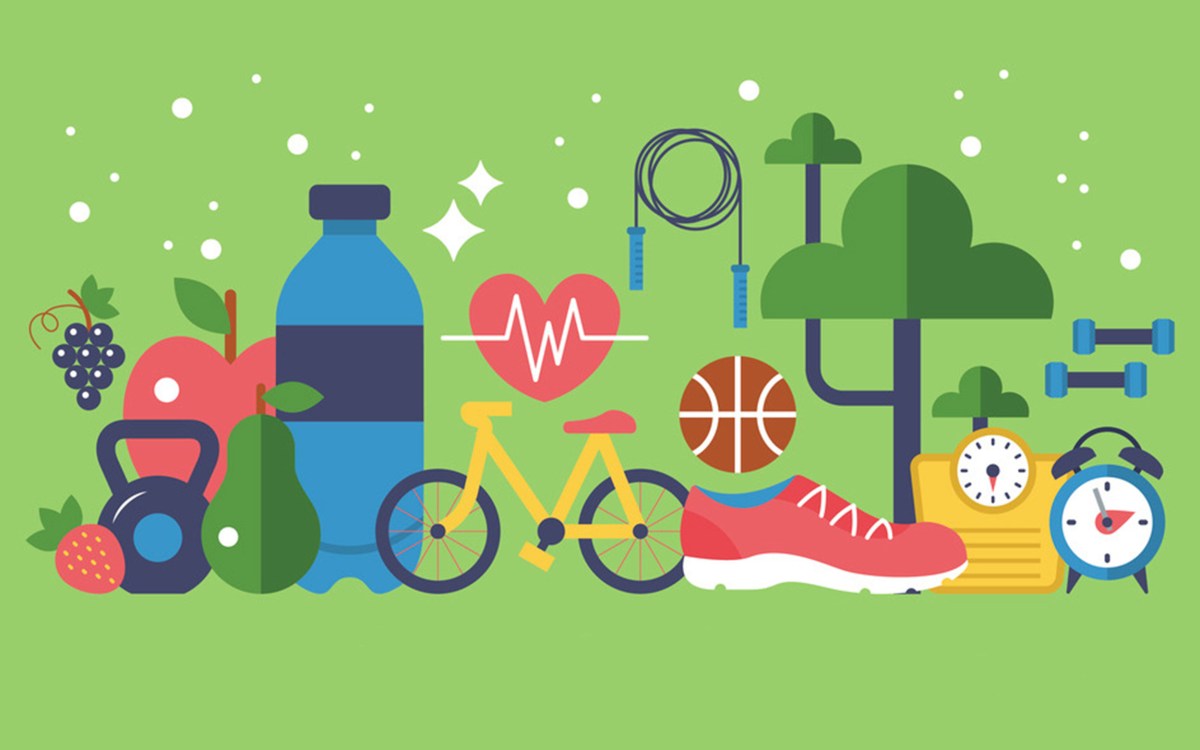
iStock
Assessing the latest U.S. dietary guidelines
For the first time includes recommendations for babies and toddlers
Eric Rimm, professor in the Departments of Epidemiology and Nutrition at Harvard T.H. Chan School of Public Health, discussed the recently released 2020–2025 U.S. Dietary Guidelines. Rimm served on the Scientific Advisory Committee in 2010.
Q&A
Eric Rimm
CHAN SCHOOL: What’s your assessment of the new guidelines?
RIMM: This is the first time that the guidelines include advice for children under 2. They now actually address healthy eating across the lifespan. I think this is an important change because of the likely role that early diet plays in laying the foundation for healthy dietary habits and a lifetime of disease prevention. The government made a conscious effort to include more pediatricians on the advisory committee, including Elsie Tavares, who has an appointment in our Department of Nutrition. These guidelines will be used to inform government nutrition policy, so I think that was a good step forward.
What was disappointing to me was that the government decided to take a pass on changing recommendations for daily calories from added sugar. The scientific advisory committee had recommended lowering limits from 10 percent to 6 percent, but the official government guidelines kept the recommendation at the upper level.
However, I agreed with the decision to leave out the committee’s recommendation to lower alcohol guidelines for men from a maximum of two daily drinks to one. I was the alcohol expert in 2010, and I believe the science still supports what was in the previous guidelines in 2010 and 2015, that is, up to two drinks a day for men and one for women. I think it is important that if a government body is going to make a substantial change in policy statement about alcohol that it be as scientifically accurate as possible.
Going forward, we need to focus on understanding and promoting healthy drinking patterns. The guidelines are very clear on up to two drinks for men in any given day — not seven on Friday and seven on Saturday. With people drinking a lot more at home during the pandemic, it may be a good time to remind people that binge drinking is harmful.
CHAN SCHOOL: How can the average person make sense of the guidelines and apply some of the recommendations in their own diets?
RIMM: The guidelines are primarily aimed at policy makers and academics, so people may find some of the recommendations difficult to translate to their lives. Take counting calories, for example. If you give most people a plate of food and ask them how many calories it contains, they won’t know. I don’t blame them. It’s a really hard thing to think about when you’re making a meal.
I think a perhaps more helpful thing to focus on is eating whole foods instead of processed foods. We know that it’s better for you to eat food in its natural form. Highly processed grains like white bread, for example, strip all the good stuff out. Another important step is to choose healthier proteins — chicken and fish over red meat, or soy proteins over animal proteins.
Much of the guidelines do discuss healthy dietary patterns including the Mediterranean Diet or vegetarian diet. To help make them affordable, you can buy inexpensive proteins like dried beans, and also incorporate frozen fruits and vegetables into your diet.
CHAN SCHOOL: What nutrition policy changes do you hope to see in the next few years?
RIMM: In 2015, the advisory committee recommended incorporating sustainability into the dietary guidelines — for example, encouraging a more plant-based diet to lower the production of greenhouse gases. This was not included in the government’s official 2015 guidelines, and it did not improve in 2020. The 2020 guidelines were set up by the Departments of Agriculture and Health and Human Services with very specific parameters around what topics the scientists on the Advisory Committee could address, and sustainability was not listed. Recently, the EAT-Lancet report has really become the source for thinking about sustainability in the way we eat, but I think these conversations still have a place in the guidelines. I’m optimistic that they will eventually be included.
I’m also hopeful that standards around school meals set during the Obama administration, such as lowering amounts of saturated fat and sodium, will be restored. We’re essentially training kids’ palates for unhealthy food for life, which is so disheartening, especially since we know it’s possible to serve healthy school meals that kids will actually eat and enjoy.
Another important area is the federal Supplemental Nutrition Assistance Program (SNAP). Food insecure people in the program should be free to purchase what they want, but I think we are setting them up to fail. We need to provide incentives to help people on SNAP buy healthier food. There is robust evidence to show that if you do this, it works.









